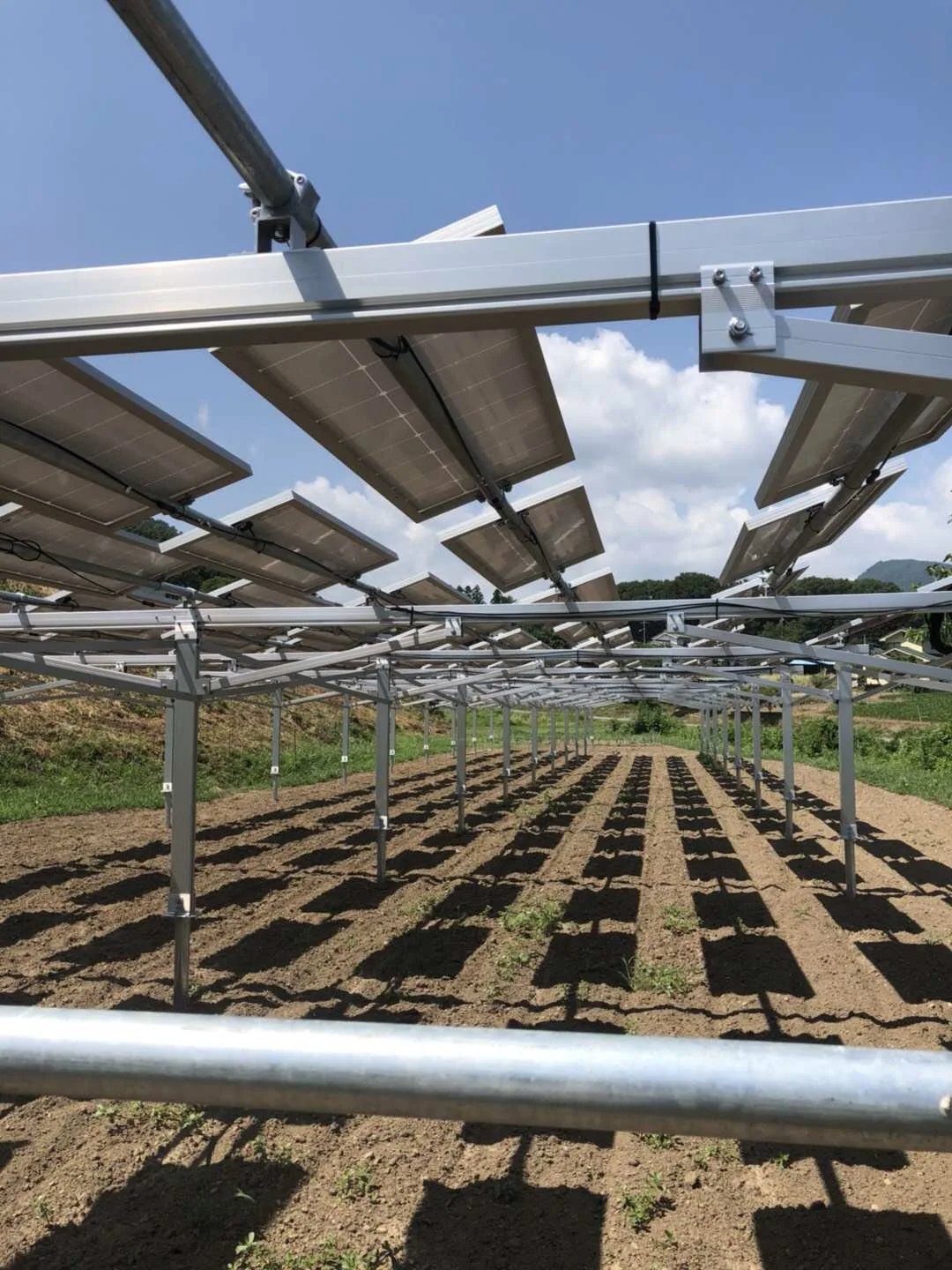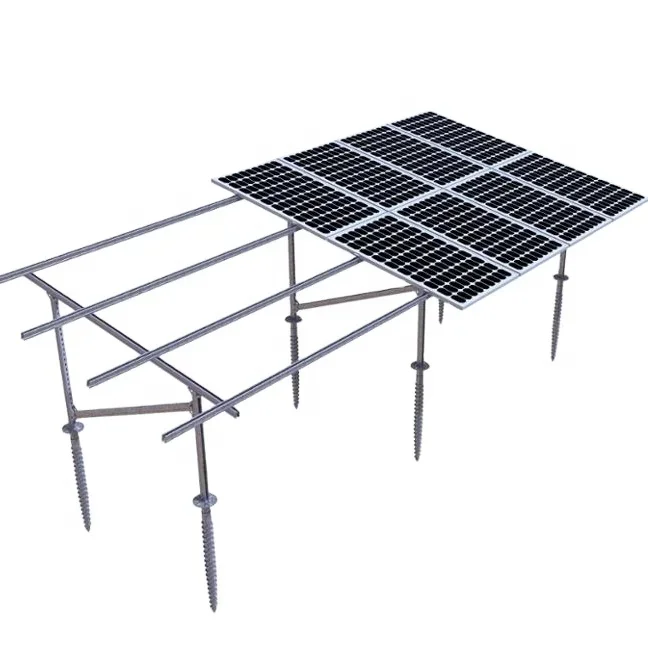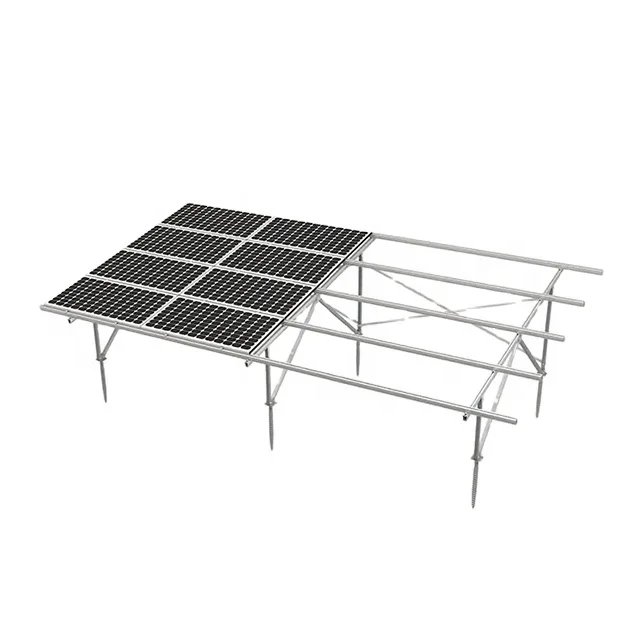
Solar Sharing (Agrivoltaics): Combining Agriculture and Renewable Energy
Table of Contents
What is Solar Sharing (Agrivoltaics)?
Solar Sharing, also known as Agrivoltaics, is an innovative approach where solar panels are installed above farmland, allowing farmers to simultaneously cultivate crops and generate renewable energy. This is made possible by using elevated structures such as Agricultural Solar Mounting Systemssolar and foundation solutions like Solar Ground Screwssolar to stabilize the structures without damaging the soil.
By implementing Solar Sharing, farms can optimize land use, reduce operational costs through self-consumption of electricity, and create additional revenue by selling excess power.
Benefits of Solar Sharing
Effective Use of Idle Farmland
Solar Sharing transforms abandoned or underutilized farmland into dual-purpose land, enabling both agriculture and energy production.
Cultivation of Diverse Crops
Many shade-tolerant crops, such as leafy greens and certain fruits, thrive under solar panels. With proper panel spacing, even sun-loving plants can be grown successfully.
Contribution to Decarbonization
Solar Sharing helps reduce carbon emissions by generating renewable energy directly on farmland, contributing to global sustainability goals.
Additional Revenue Sources
Farmers can save on electricity costs and gain additional income by selling surplus energy, thus stabilizing farm finances over the long term.

Challenges in Implementing Solar Sharing
High Initial Costs
Setting up a Solar Farm System requires a significant upfront investment, often between $70,000 and $140,000 for a 50kW system, due to the elevated mounting structures and durable foundations like Solar Ground Screwssolar.
Long-Term Agricultural Commitment
Many regions mandate that agricultural activity must continue for at least 20 years beneath the solar panels to maintain land-use permits.
Financing Difficulties
Banks may be hesitant to finance Solar Sharing projects due to regulatory renewal risks and long return-on-investment periods.

Subsidy Programs and Support Systems
Many governments offer subsidies that cover up to 50% of installation costs for Solar Sharing projects, particularly when deploying over agricultural land or reservoirs.
Real-World Examples from Japan
Gohirayama Farm, Chiba Prefecture
- System Output: 49.5kW
- Installation Cost: 15 million JPY (~$100,000)
- Details: Blueberry and fig farming under solar arrays, achieving approximately 2 million JPY in annual revenue from energy sales.
OIKOS Tenryu NPO, Shizuoka Prefecture
- System Output: 49.5kW
- Installation Cost: 15 million JPY (~$100,000)
- Details: Revitalized abandoned tea fields, developed a new farmer training center funded by solar energy income.

Key Success Tips for Solar Sharing Projects
- Long-Term Planning: Ensure agricultural operations can continue seamlessly for two decades.
- Partner with Experts: Engage firms experienced in solar farm construction, especially those offering strong support for Agricultural Solar Mounting Systemssolar and Solar Ground Screwssolar.
- Leverage Subsidies: Actively seek government grants to lower initial costs and reduce risks.
Conclusion: Growing Crops and Clean Energy Together
Solar Sharing offers an exceptional opportunity to advance both agriculture and renewable energy. By using Agricultural Solar Mounting Systemssolar and secure foundation solutions like Solar Ground Screwssolar, farmers can optimize land use, improve profitability, and contribute to a sustainable future.




